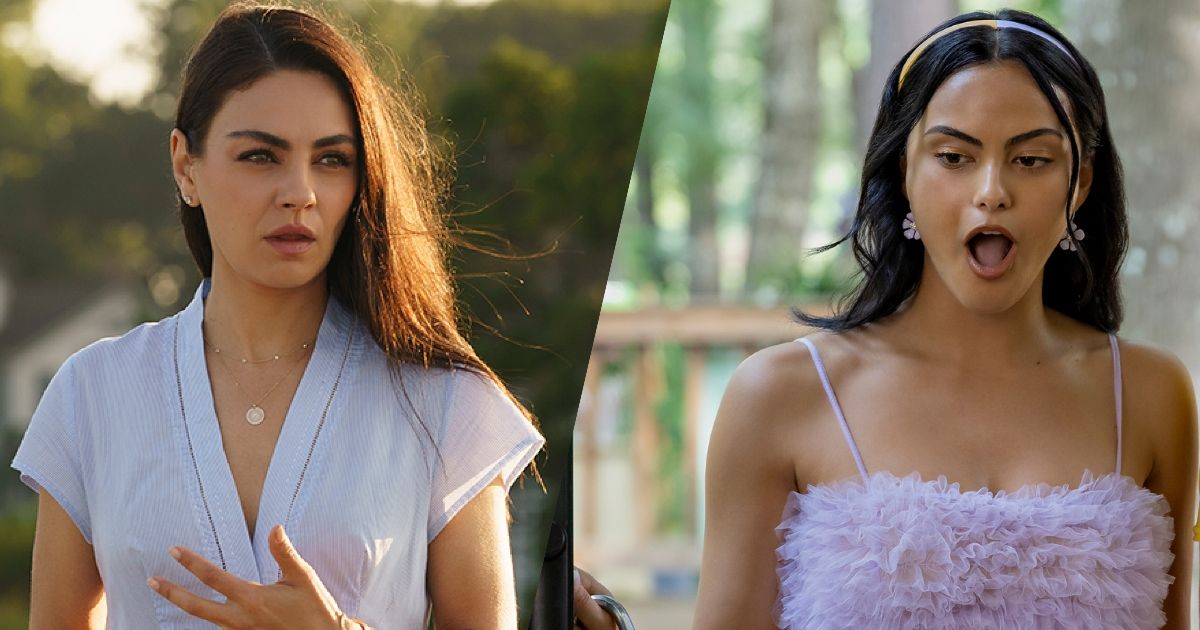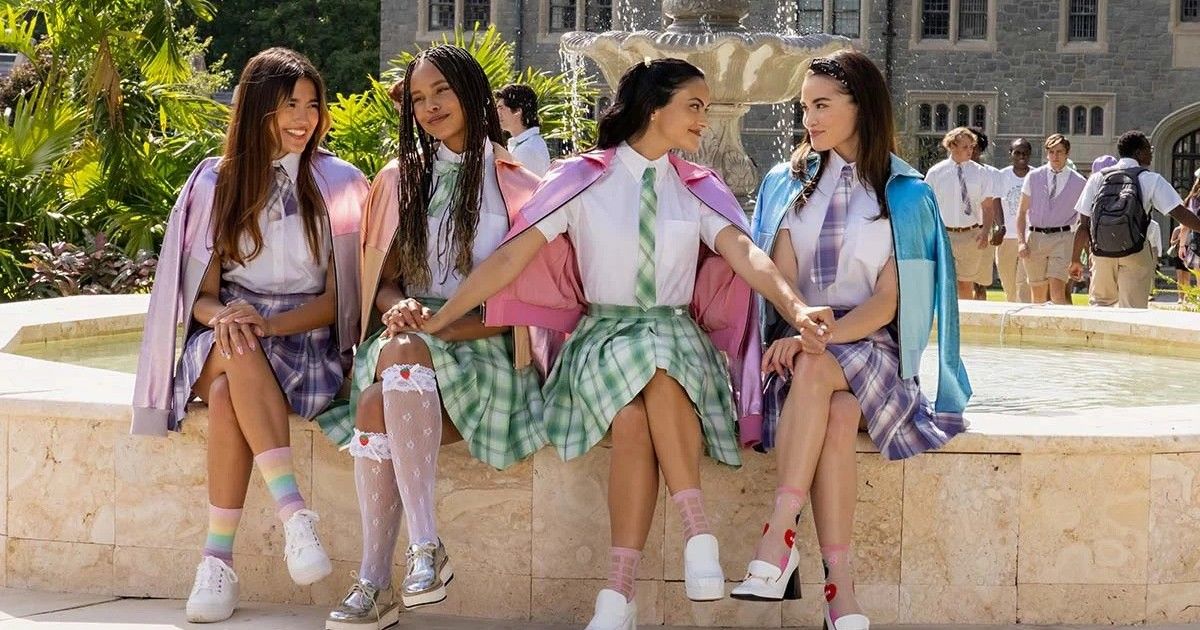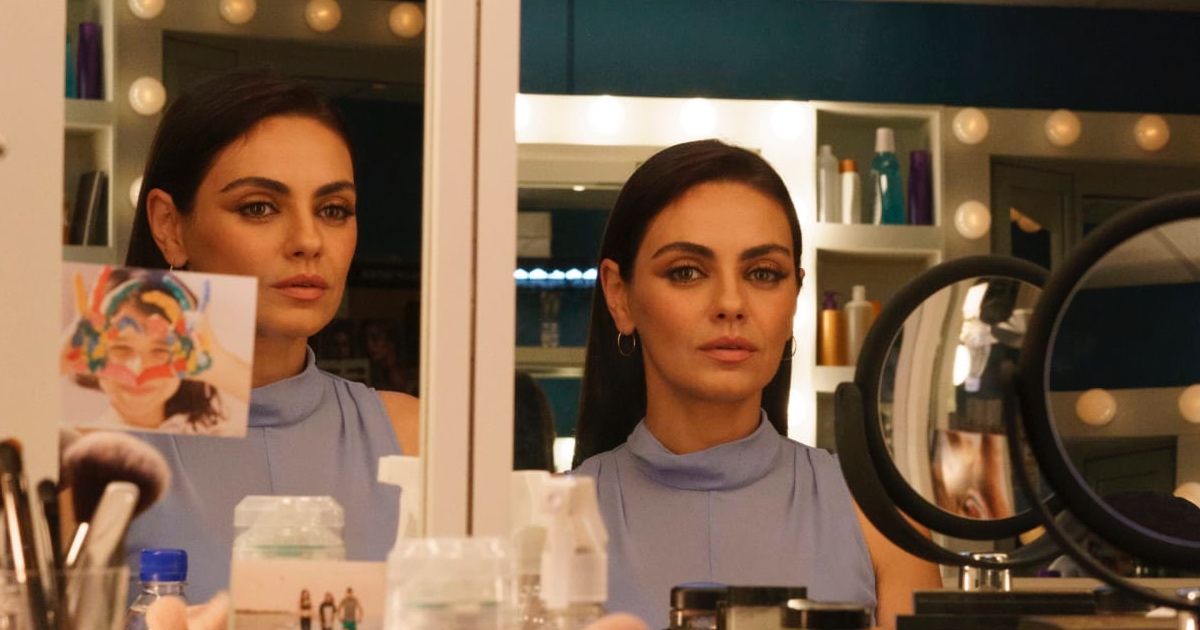Streaming platforms, in a display of dominance in the era in which they hold a large portion of the market share, are pumping out content that the masses want to see. Now, more than ever, people want to watch a diverse amount of content, whether it is Elle Fanning’s snarky sarcasm in The Great for Hulu, or another true crime story turned into a movie, documentary, or television show. There is one pro to all of this that may not be obvious on the front end: there is also an increasing diversity when it comes to what kind of content is being created. That does not mean every problem has been immediately solved — they are all still here.
Stories with BIPOC and women protagonists, as well as entertainment from other countries not in the English language, are having their moment on streaming. It is through this model that a certain brand of movies and shows can feature a woman lead who is allowed to break the norms of femininity on-camera. She is willing to make dirty jokes or get her nails dirty in the name of revenge. Historical figures are getting a girl boss moment, and, for what might seem like the first time, getting revenge is attainable without the main character delving into femme fatale territory.
Allowing Space for Feminine Revenge
Feminine revenge is not a novel concept in the world of film. Previous movies that took on this stance include 1991’s Thelma & Louise, which garnered controversy because it held this topic. South Korean director Park Chan-wook finished his Vengeance Trilogy with Lady Vengeance, arming its protagonist with red eyeshadow and a thirst for revenge against a man who deeply wronged her and so many others. For a while, it was considered crass or unladylike to depict women in such ways in film and television. When Bonnie & Clyde came out in 1968, right at the tail end of the Hayes Code in Hollywood, it caused controversy over the kind of content and violence it depicted in the movie.
Now, in 2022, two different Netflix movies have come out with the notion of revenge at the core of their protagonists’ motivations. Do Revenge and Luckiest Girl Alive feature young women as their leads. While one movie is set in high school and the other in New York City’s elite and editorial industries, they are inherently linked together by both protagonists attending prestigious schools where they do not belong because of their social class. These movies then wildly diverge in what happens at their respective schools, but both young women end up deciding they need to take revenge against their classmates, even if it means sacrificing parts of themselves in the process.
Unlike super masculine modes of revenge, these girls and women choose less violent methods. Do Revenge aims to tarnish the reputation of a certain popular boy in the grade, and the means of doing just that are more along the lines of dismantling his power and dominance over the school. Luckiest Girl Alive chooses a similar approach, allowing its protagonist, TifAni, the opportunity to explain what happened to her leading up to her high school's shooting, empowering her through the chance to be heard. They do not resort to violence or outright confrontation. Even as both characters descend into wanting to be seen, having their truth be told, they don’t choose violence — something often forced in male-oriented contexts of what vengeance can look like.
Is This Feminist, or Does It Perpetuate Stereotypes?
There is one important characteristic to note about both Luckiest Girl Alive and Do Revenge: both of its women characters, who engage in the act of revenge, fit the status mold. In abstract terms, that can mean different things, but both protagonists are conventionally attractive, hold some position of power in the form of fleeting popularity, and have this intense desire to try and fit into a world in which they do not belong. Luckiest Girl Alive teases this out through the relationship between TifAni and her mother, as they do not get along. Do Revenge mentions in passing that Drea’s mother is a nurse, and she attends a private school on a scholarship.
So, these movies situate their main characters outside the social class of influence, making them the products of working-class parents, and their desire to be with elites leads them to the act of revenge in itself. That holds undertones of class resistance throughout each movie’s storylines, but if the main characters were switched to someone less desirable, would their motives come across as justified on the screen? Both can be seen as unlikeable, offering very little redemption outside their traumas, which are valid and inform their experiences. That ultimately hinders their final, climatic acts of revenge and makes it less satisfying than what it could have been otherwise.
In the end, having more access to these forms of representation is positive in the long run, but it may not neatly fall into the definitions of what is and is not feminist. Do Revenge does have a leg up: it is directed by a woman, and that fact shows in the visuals and technical decisions made throughout when compared to Luckiest Girl Alive. Both movies hit on relevant themes and topics in today’s world in a unique way. They are making progress towards movies that not only depict women in more honest, authentic methods but also build on notions of revenge in a similar sphere. Each character’s experience is triggered by something horrific done to them by a male figure in their life, immediately setting this up to be a story that could only be told by a woman and be universally understood.



